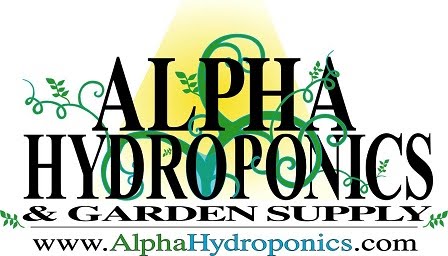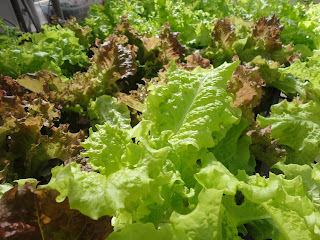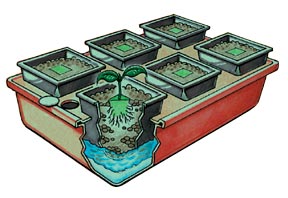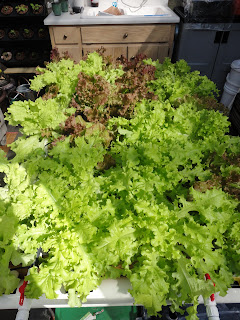 |
| Alpha Hydro DWC Hydroponic System |
The Alpha Hydro Deep Water Culture Hydroponic System is available exclusively from
AlphaHydroponics.com
Thank you for choosing Alpha Hydro for your Hydroponic Growing Needs.
Check your packing list to make sure you have all of the components for the hydroponics kit you purchased. Your kit should include a bucket reservoir, net pot bucket lid, air pump, air stone, ¼” air tubing, and grow media*. *Some kits require grow media to be purchased separately.
 |
| Alpha Hydro DWC sysem w/ grow stone |
For systems that include grow rocks/ expanded clay pellets:
Thoroughly rinse the grow rocks with fresh water until water runs clear and set aside.
For systems that include CoCo media:
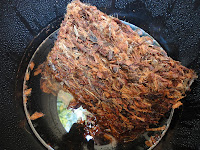 |
| GH CoCo Coir for Alpha Hydro System |
Soak the CoCo media in 1 1/2 gallons of fresh water or diluted nutrient solution.
Blend CoCo with coir, clay pebbles, soil, perlite, or as directed on package.
Gently clean the interior of the bucket and net-pot bucket lid with a clean paper towel/ cloth and fresh water to remove any dust or packaging residue.
Fill the bucket reservoir with one gallon of fresh water.
Attach the air-stone to one end of the 1/4" tubing, the other end attaches to the pump output.
Submerge air-stone in water and plug in pump.
The pump should deliver air to the reservoir, bubble, and aerate the water.
Your system is working correctly. Unplug pump for now. Reuse water to mix nutrients separately.
Nutrients (sold separately).
Mix your nutrients separately as directed on package.
You will need enough nutrient solution to fill the reservoir approximately 1/2- 2/3 full.
Set Up and Planting:
Detach the air-tube from the pump.
 |
| Alpha Hydro DWC Assembly |
Thread the air-tube through your net-pot bucket basket so that the air-stone lies on the bottom of the reservoir.
Re-attach the air-tube to the pump.
Plant your seedling or clone and surround with the media.
Attach the net-pot bucket lid firmly to the bucket reservoir.
Plug in the pump and place the system under grow light or in a spot with adequate sunlight.
Grow media should remain moist but not heavily saturated.
Monitor and adjust nutrient solution levels as needed.
Follow these grow tips.
Nutrients, Less is more!
 |
| Alpha Hydro Systems under LED grow light |
When starting from seedlings or young clones, a diluted nutrient solution is adequate.
Don't drown your plants. When roots appear through the bottom of the net-pot, allow them to reach for the nutrient solution, not bathe in it!
Top off the reservoir as needed. Factors such as heat, humidity and size of plant and root system, will determine how often you will need to add water and nutrients.
 |
| Alpha Hydro DWC Roots |
Occasionally, flush your grow media and reservoir with fresh water to avoid nutrient buildup.
Change your nutrient solution as needed. We suggest at least every two weeks.
 |
| Datil Pepper Plants in Alpha Hydro DWC Hydroponics systems |
Water quality is essential to any hydroponics grow.
The pH of your nutrient solution plays an important role.
A pH of 7.0 is considered neutral.
A reading below 7.0 is considered more acidic.
A reading above 7.0 is considered more basic or alkaline.
Most of the plants you grow will prefer a nutrient solution with a pH of 5.5-6.5 (slightly acidic).
Adjust pH slowly, as needed with water, pH up, or pH down solution.
Measure and adjust TDS (total dissolved solids) or EC to preferred concentration for the plants you are growing.
Most established plants grow well in a range of 750-1500 TDS.
Don't forget to reuse spent nutrient solution for your other plants!
 |
| Datil Pepper grown in AlphaHydro DWC hydroponics system. |









